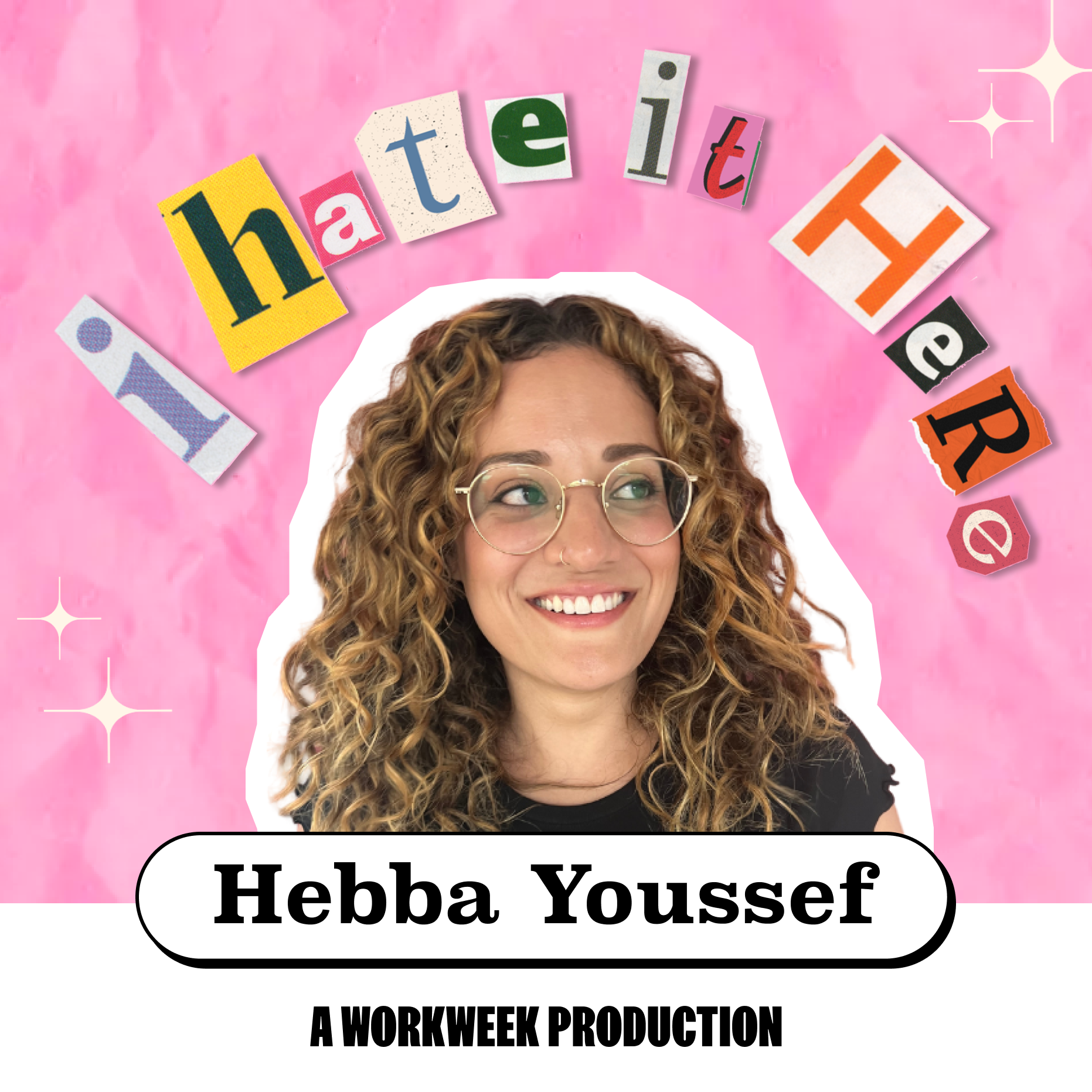✍🏽 How do you handle obvious favoritism in an organization?
📣 Heather Weidekamp, Senior People Professional:
This is a toughie! It’s a sad truth that favoritism, either intentional (aka “Explicit Bias”) or unintentional (aka “Implicit Bias”) exists everywhere. IMO, the best way to attack this is to do some work behind the scenes, defining the bias will help guide your method of approach to the person showing favoritism. Keep in mind, they may not even realize this is happening and the solution may be as simple as pointing it out.
The flip-side of that is that you could be experiencing a bit of bias yourself and perceiving something that isn’t there so the research you do should help you determine that as well. Let’s say, you have confirmed the situation, Person “A” is showing favoritism to Person “B” and as you stated above, no one should be absolved from policies and procedures (I’m an Ops girlie myself), what now?
Have a one-on-one conversation with “A” about their behavior, citing specific examples AND how it affects the mission of the company and morale of the small staff. My hope is that “A” will take this feedback and make changes for the betterment of everyone. I would also follow up with a company education session about Implicit Bias, not calling anyone out, just information about how this affects everyone. Good luck!
📣 Sondra Norris, OD/OE Consulting:
This scenario can also show up in survey data. For example, skewed data from a team of 7 people may reveal a potential favoritism issue. There’s not necessarily anything nefarious afoot. We all feel more comfortable with some compared to others. For managers, it’s usually easier to work with the direct reports who are “easier” (they get their work done, they come to 1:1 meetings prepared, they speak up, etc.) compared to those who present challenging performance management situations or who have poor communications skills or whose motivation waxes and wanes.
In this situation, a conversation with the ED is in order. They may not be aware of the effect of their actions for a host of different reasons.
Some people in authority aren’t conscious of their influential effect. They don’t imagine they’d ever be someone who plays favorites.
Or that their relationship communicates “approval” of the other person’s behavior.
So step 1 is to confirm with the ED (with examples) the effects that are happening. Illumination may solve the entire problem.
If that doesn’t help, then it’s a request to the ED to use their influence to shift the person in a direction that will help the adoption of processes and procedures. The ED themselves may not believe in the goodness of new processes and procedures and may need help to understand why they’re being implemented – again with data (reduce spend, decrease complexity, automation so that individuals aren’t having to answer one-off questions for new employees, etc.).
In any case, recommend staying away from using phrases like, “favorites,” and keep the conversation objective and neutral.
✍🏽 How should HR handle a situation where the majority of the recognition in the company seems to go to a specific group (white men), and other employees have also begun to notice and have raised some concerns?
Context: we have a recognition heavy culture where people share praise frequently.
📣 Jessica Winder, CEO & Founder of Hidden Gem Career Coaching:
If most recognition is going to a specific group (e.g., white men) and employees are noticing, leadership needs to address it head-on. First, dive into the data to see who’s getting recognized and why. The numbers don’t lie—over the past six months, who’s been recognized and for what?
Is recognition a popularity contest or showcasing people that are having a true business impact?
Set clear, objective criteria so everyone has a fair shot. Make peer recognition easy and highlight diverse successes. Leaders should promote fair recognition and be transparent about steps being taken. Keep everyone in the loop—show you’re committed to making recognition inclusive for everyone.
Is someone doing a lot of “invisible work” behind the scenes? Shout them out at the next all-hands. At a previous company we tied recognition to core values with examples. Try that.


